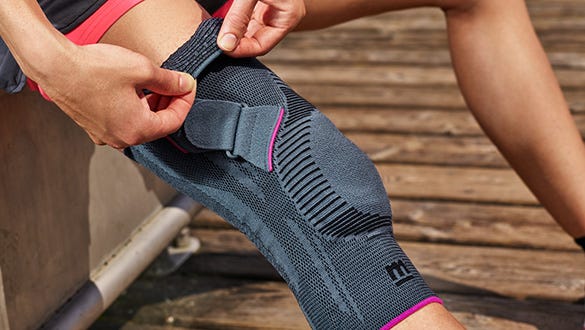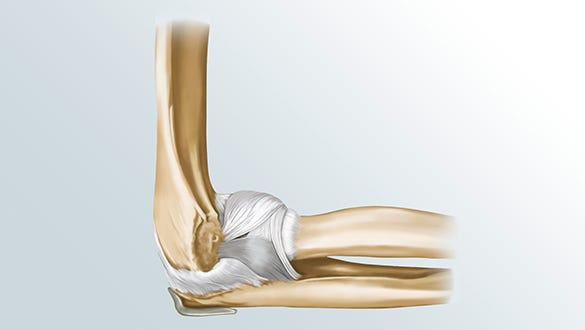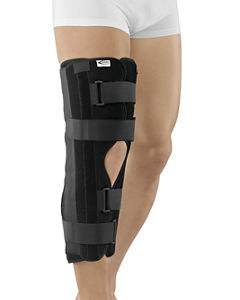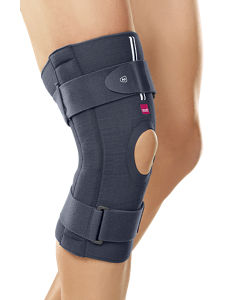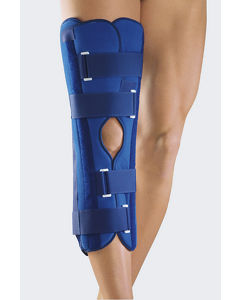- Free First Class Delivery
- Buyer Protection
- Secure Online Shopping
- Healthcare Professional? Click here
Meniscus injury
The menisci lie on the inside and outside of the knee joint and serve as "shock absorbers" between the thigh and the lower leg.


Categories
Tears or ruptures are the most common injury to the menisci
A tearing of the inner or outer meniscus is fundamentally caused by the same thing. For anatomical reasons, the inner meniscus is more often affected than the outer meniscus.
Accidents
If you have an accident where the meniscus is put under high strain (for example if your knee is bent and loaded, and an uncontrolled rotating movement occurs) it can cause a meniscus tear.
Long-term-strain
Meniscus tears can also develop through frequent and severe bending of the knee which can lead to very small injuries that no longer heal. After months or years these small injuries can expand into a large tear. This occurs more frequently in those that have professions that involve kneeling such as tilers and it is also more common among professional footballers.
Natural wear and tear
As with all tissues in the human body, the meniscus is also subject to natural wear and tear. In these cases, one simple deep knee bend or a rotation of the joint can cause a meniscus tear.
Forms of different meniscus tears
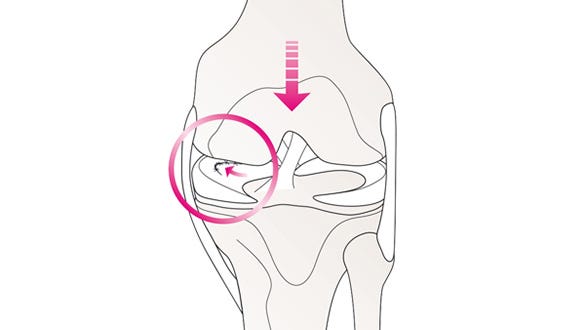

The tear can be vertical, horizontal or radial:
- A vertical tear crosses the meniscus from top to bottom and runs parallel to the shape of the meniscus.
- The horizontal tear divides the meniscus into an upper and a lower part. It is also known as a “cleavage” or “fishmouth” tear.
- If the tear stretches from the thin inner edge to the thicker outer edge (base) of the meniscus, it’s known as a radial tear.
Symptoms and signs
- Swelling of the knee joint.
- Pain on the inside of the knee (damage to the inner meniscus) or pain on the outside of the knee (damage to the outer meniscus)
- Rotation movements of the joint can become painful.
- Difficulty stretching the leg can be a symptom indicating a meniscus tear.
- The knee joint can suddenly give way while walking
Determining the diagnosis
Physical examination of the knee joint by a clinician can give important indications of a possible meniscus injury and an MRI is used to confirm the diagnosis.
Therapy: Surgery is often required
Meniscus injuries usually do not heal by themselves. This is because they are normally in an area of the meniscus that is not supplied with blood and also the continuous movement in the knee makes it difficult to heal.
Over the course of time, the tears expand, and the torn meniscus parts can get into the joint and impair its function which can lead to permanent damage. For this reason, meniscus tears that lead to sustained or recurrent discomfort are usually treated surgically, particularly in young people and active athletes.
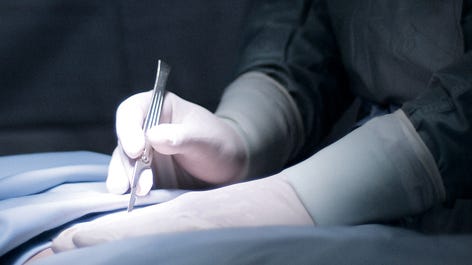

Meniscus-preserving operation or meniscus substitute
Operative therapy is carried out almost without exception using arthroscopy.
- Meniscus partial resection: the surgeon will remove as little tissue as possible to allow the meniscus to retain its function.
- Meniscus Resection: the surgeon will remove complete parts of the wide meniscus base. This means that the meniscus loses its most important functions, such as load distribution and stabilisation of the joint.
- Refixation: If the tear is in the outer part of the menisci which has good blood circulation the surgeon may be able to perform meniscus suturing to repair the tear. This is particularly used with younger patients to prevent premature joint wear and tear.
- Meniscus substitute: If the meniscus can no longer be retained, it can be either completely or partly replaced. As with the meniscus suturing, the idea is to prevent premature joint wear and tear.
Braces can promote healing
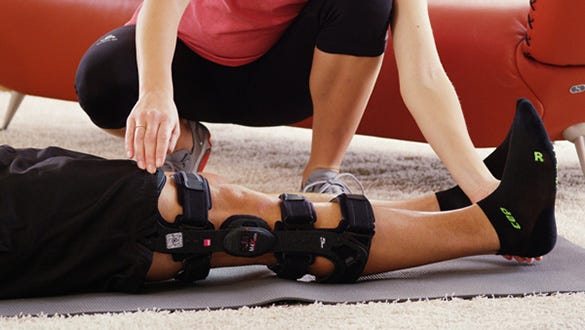

After a meniscus operation, braces can be used to stabilise and protect the knee to support the healing of the meniscus. The meniscus suture requires protection as severe bending of the knee with simultaneous loading can endanger the meniscus suture. The loading of the knee is therefore only recommended in a stretched position.
Modern braces are designed to support therapy after a meniscus refixation. They have a special locking mechanism to ensure that the knee remains stretched while under strain. This can then be unlocked when not under strain to allow early functional exercises to help with joint flexibility, preventing muscular atrophy.
Quick healing
No sporting activities should be pursued for at least one week after the operation.
But after that it is possible to start loading the joint again. The patient is free to play all sports again once there is no longer any pain and the function of the muscles over the front of the thigh and the range of joint movement are satisfactory, which should be accomplished after about six to eight weeks.
Although special rehabilitation measures are not absolutely necessary, treatment always includes exercises for strengthening and loosening the muscles (in particular, the muscles over the front of the thigh).
Orthoses give the knee joint additional stability after the operation and promote proprioception and the healing process.

